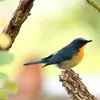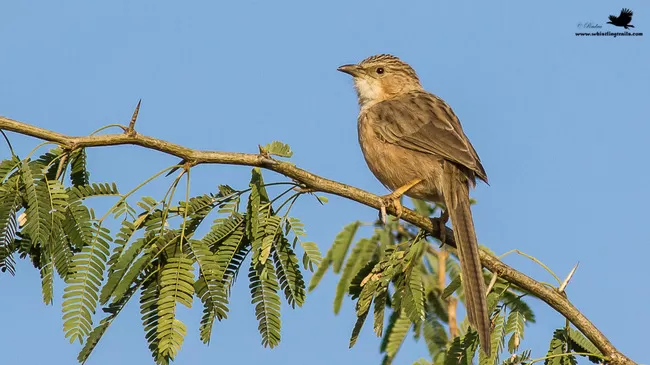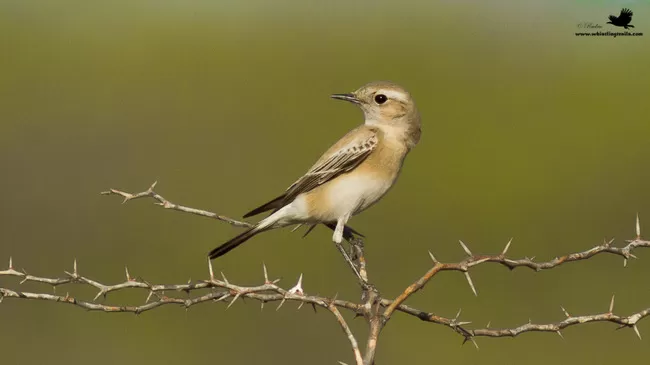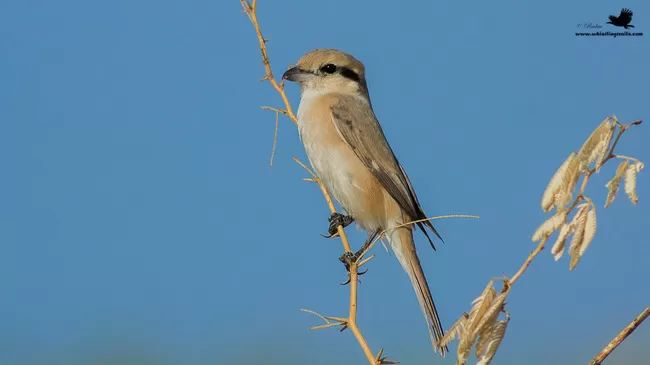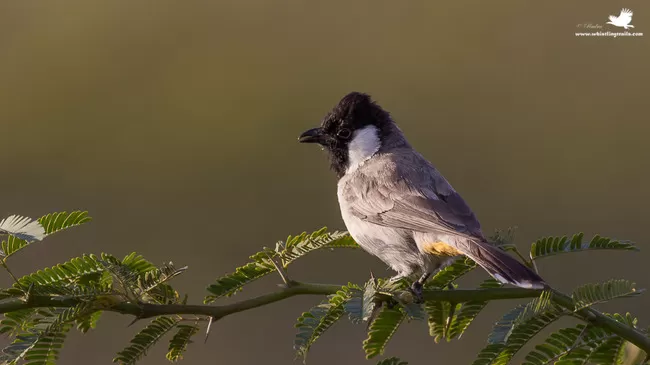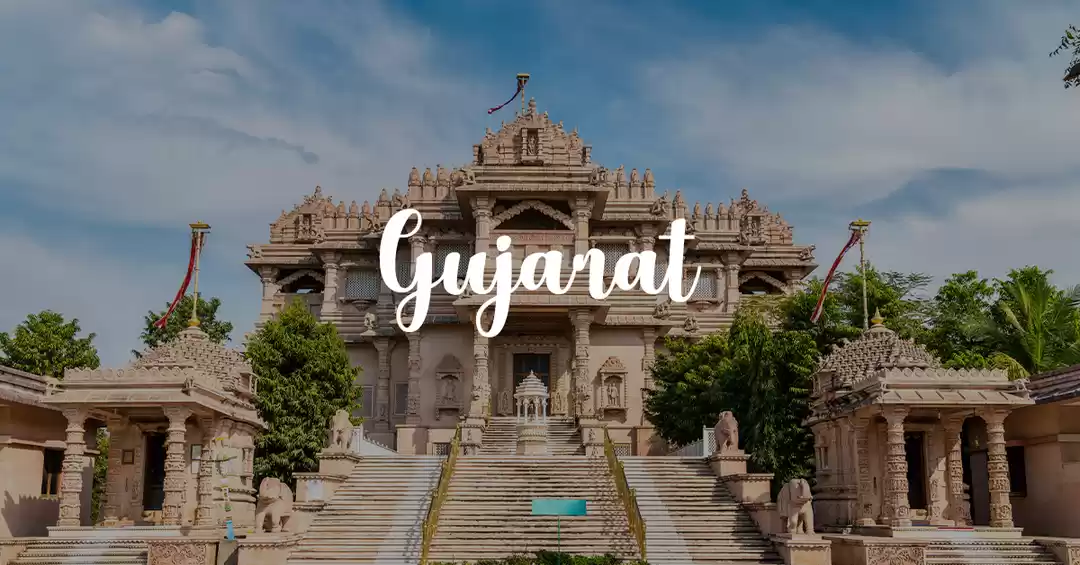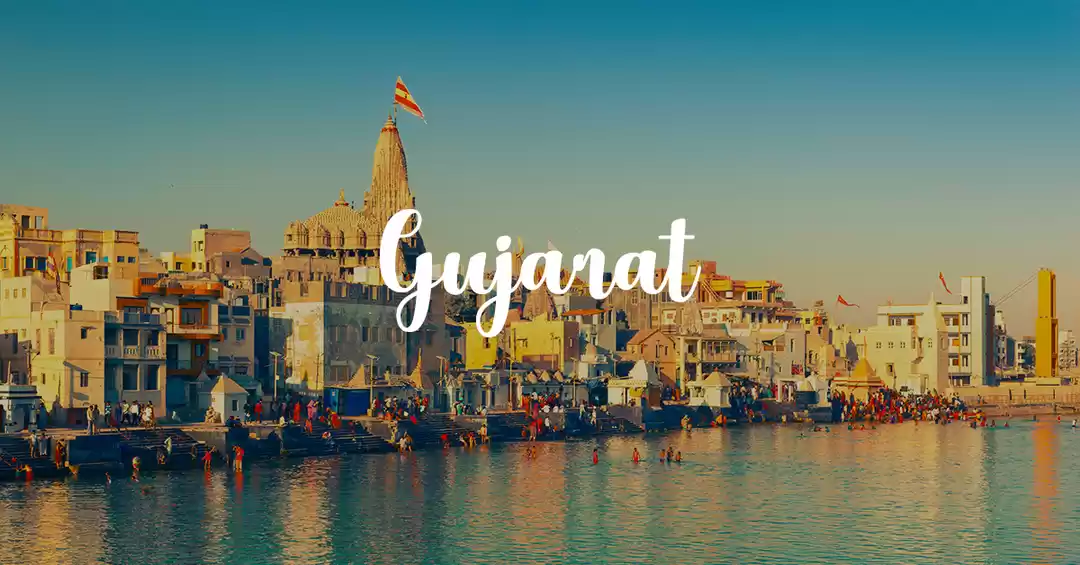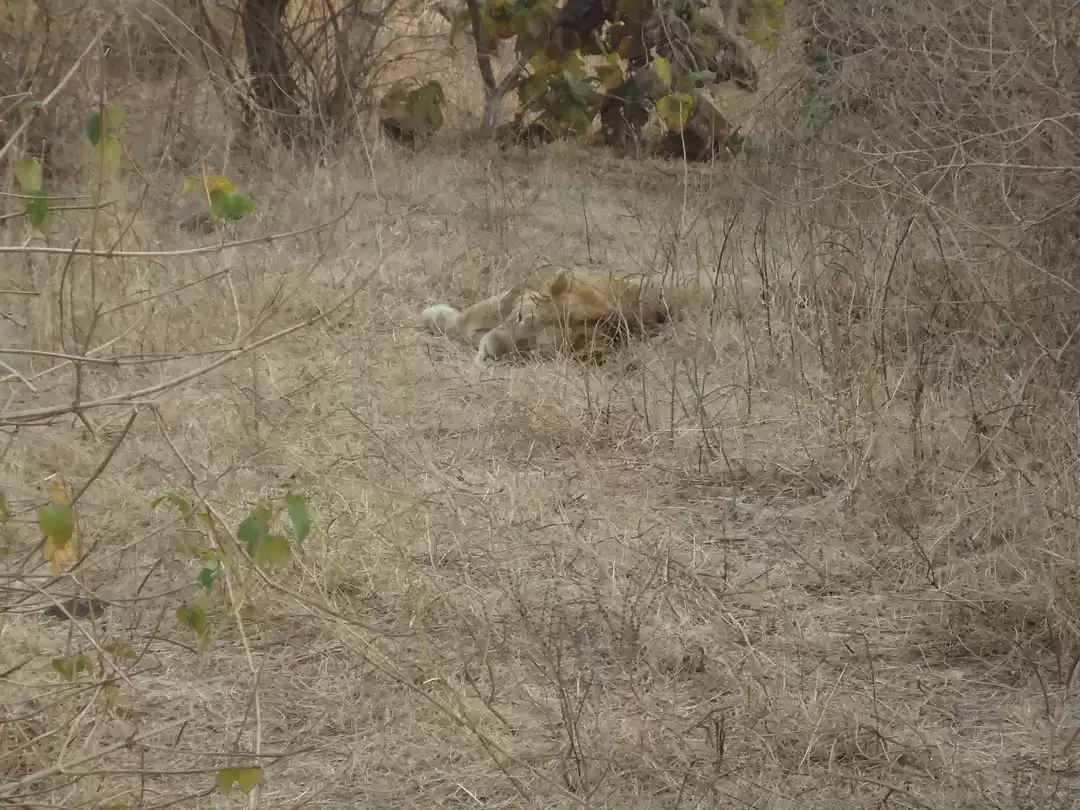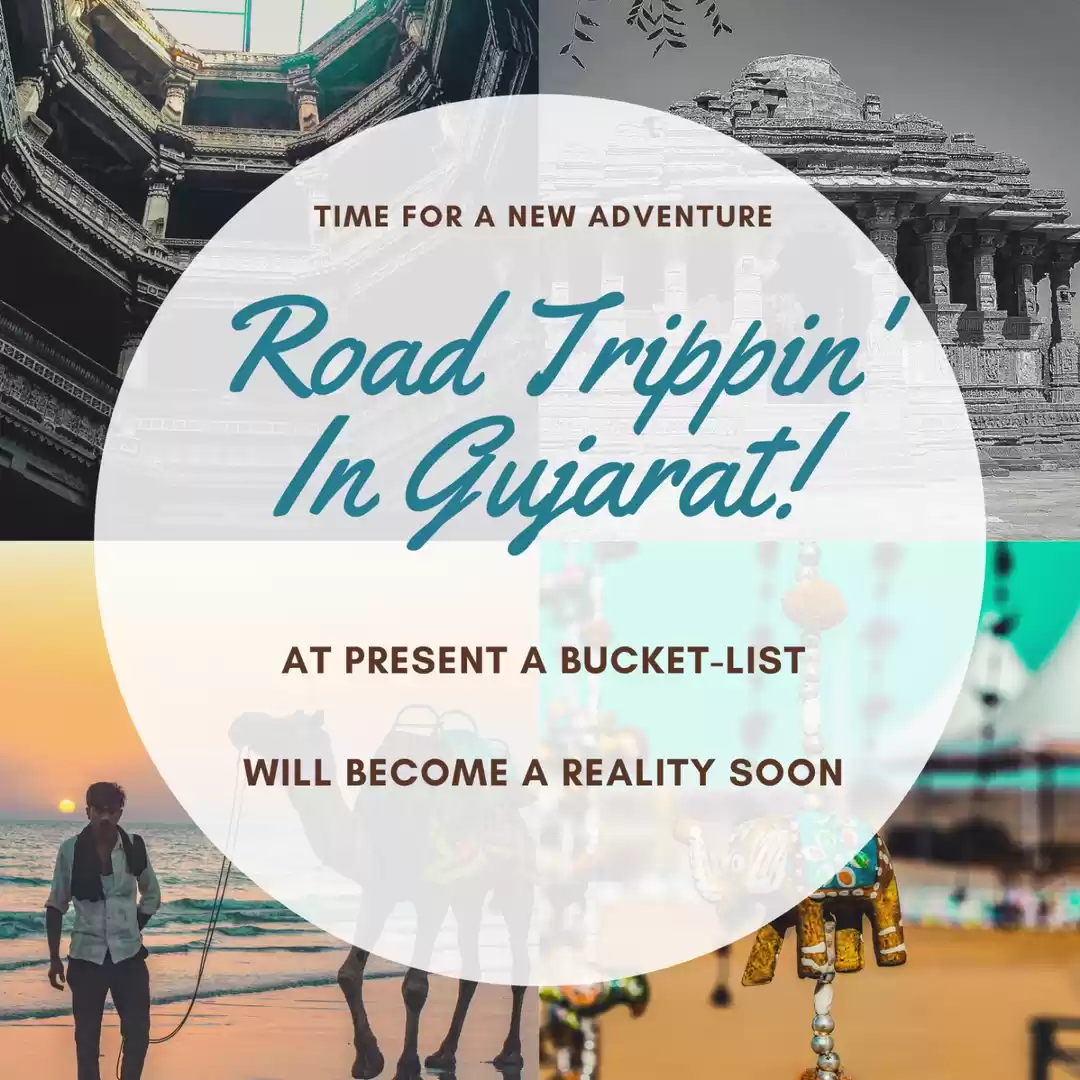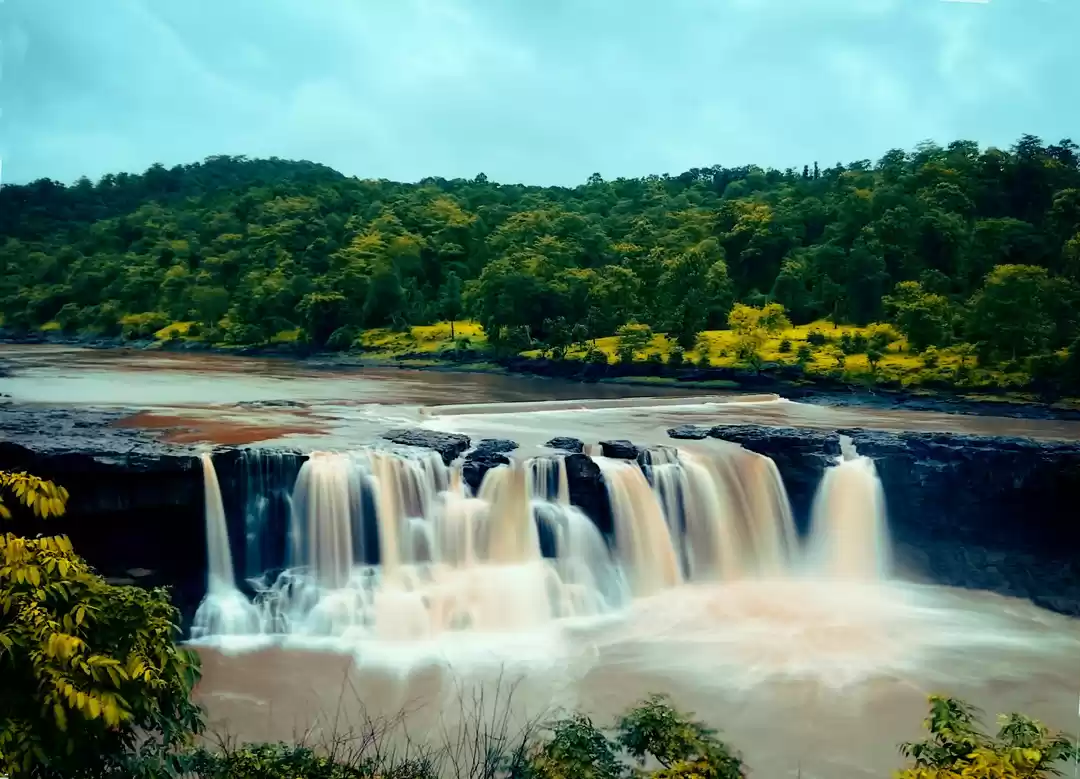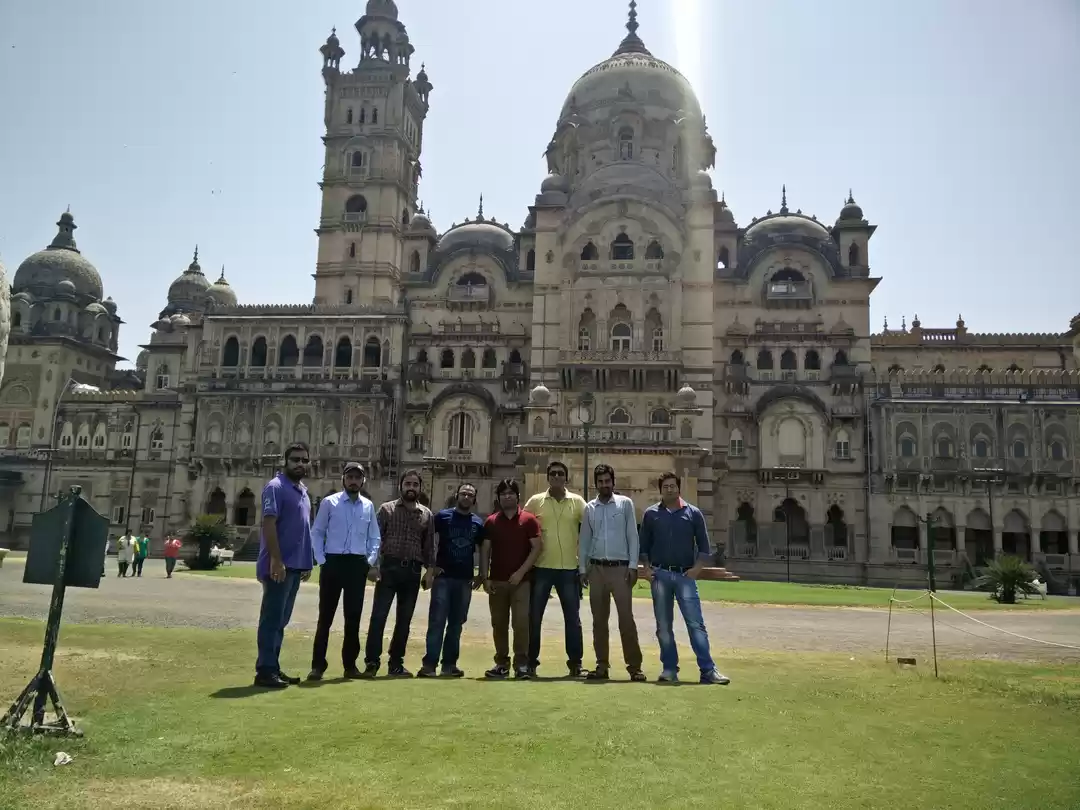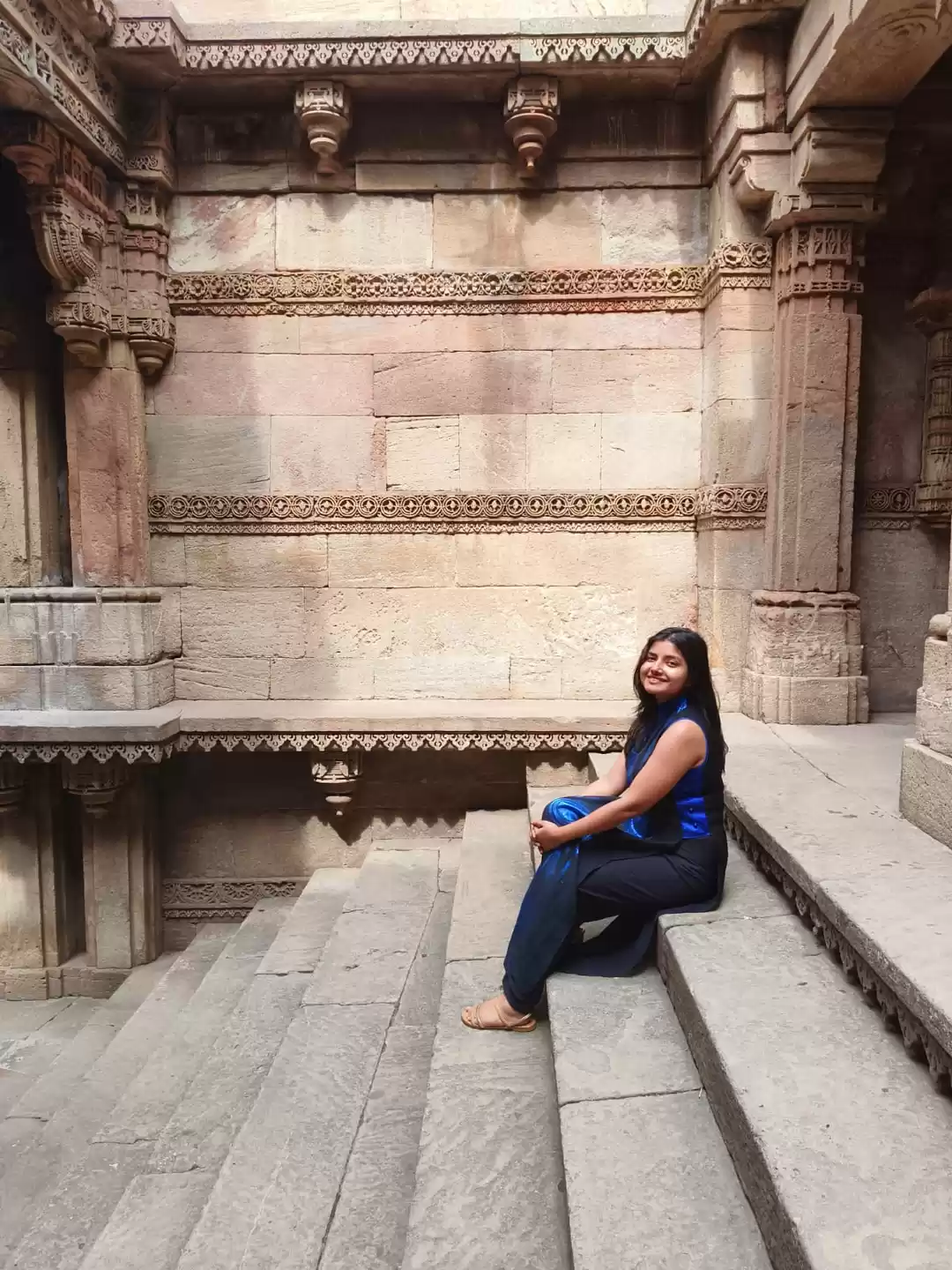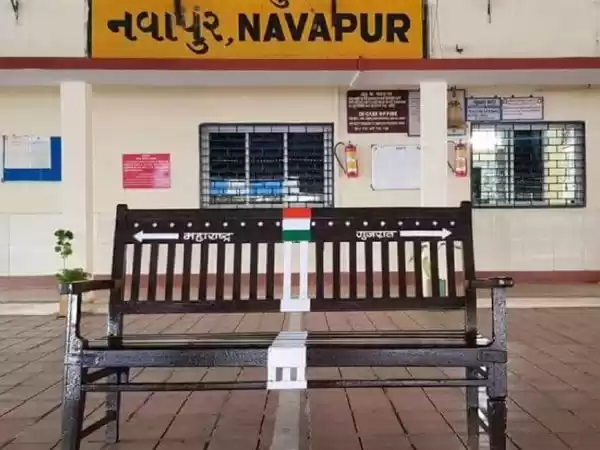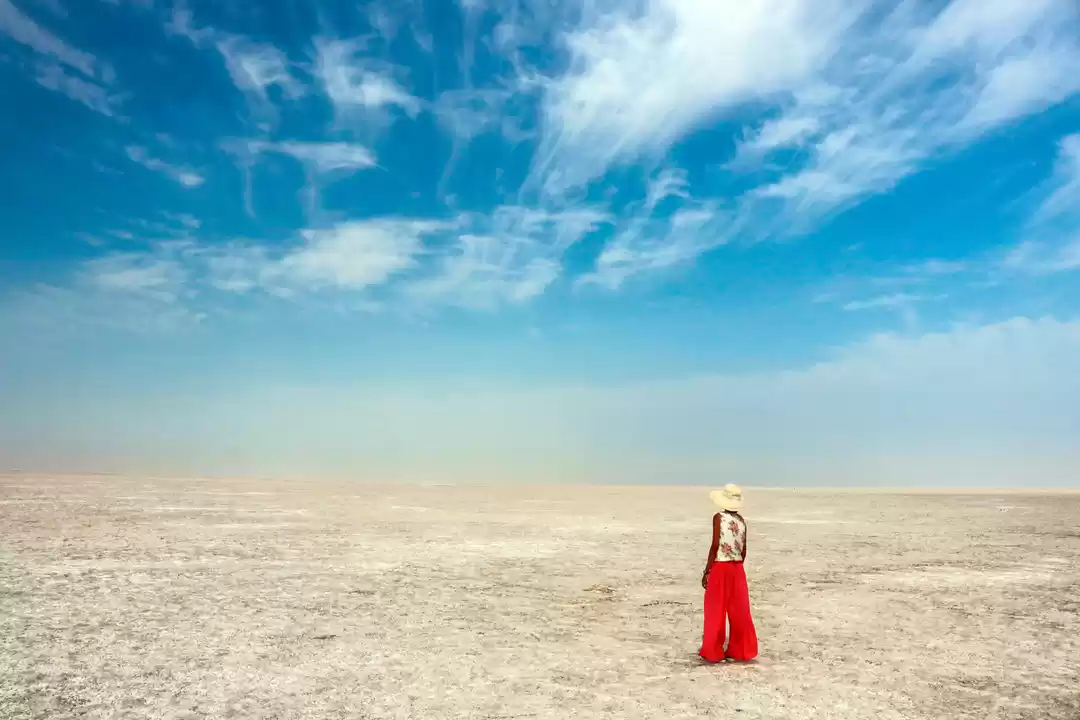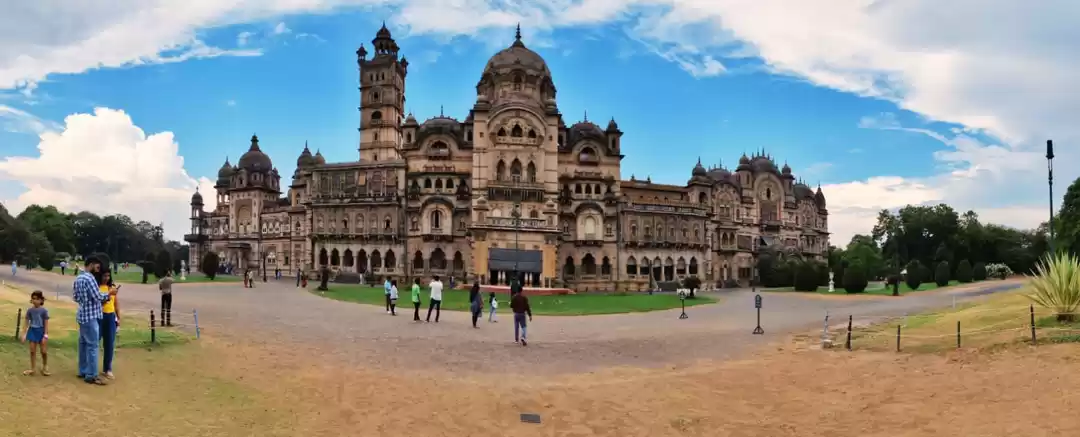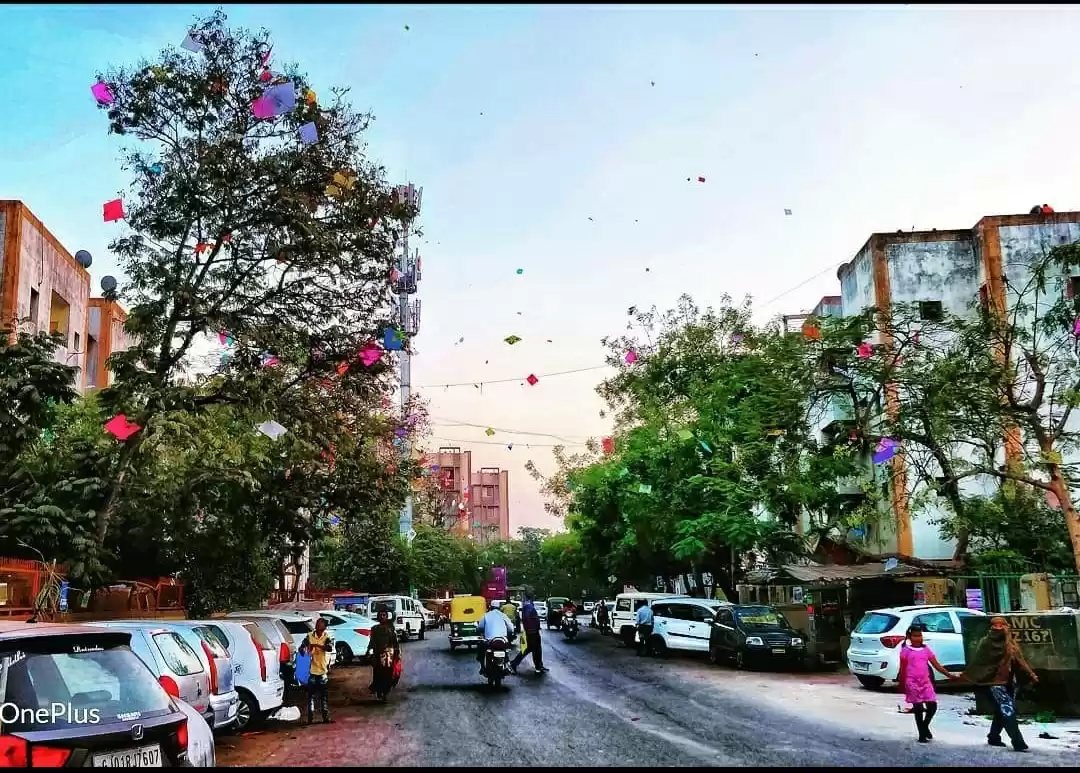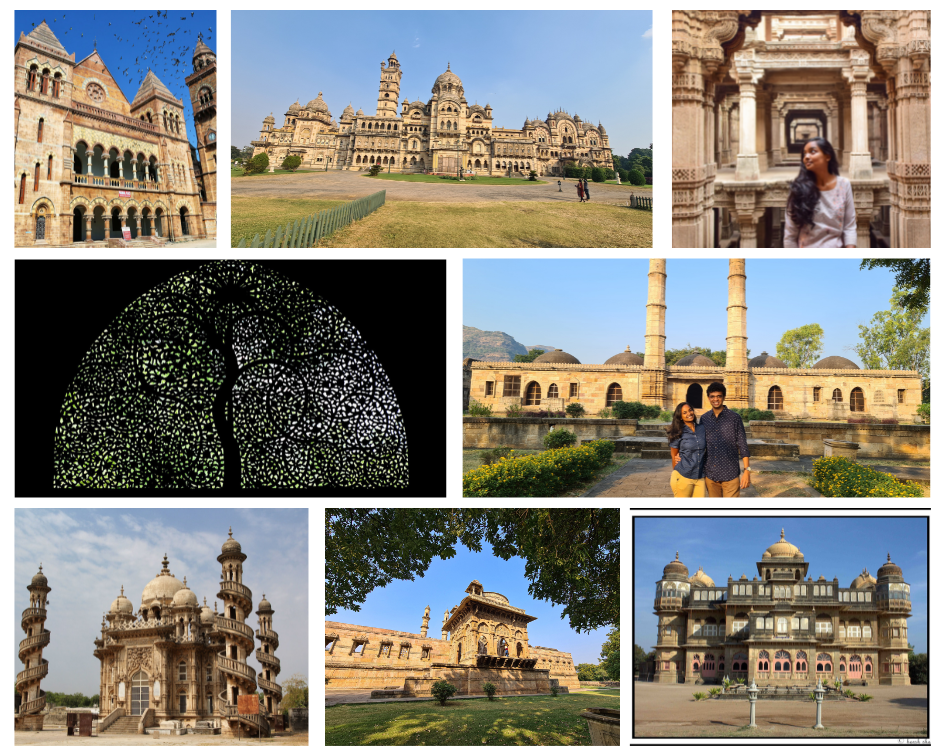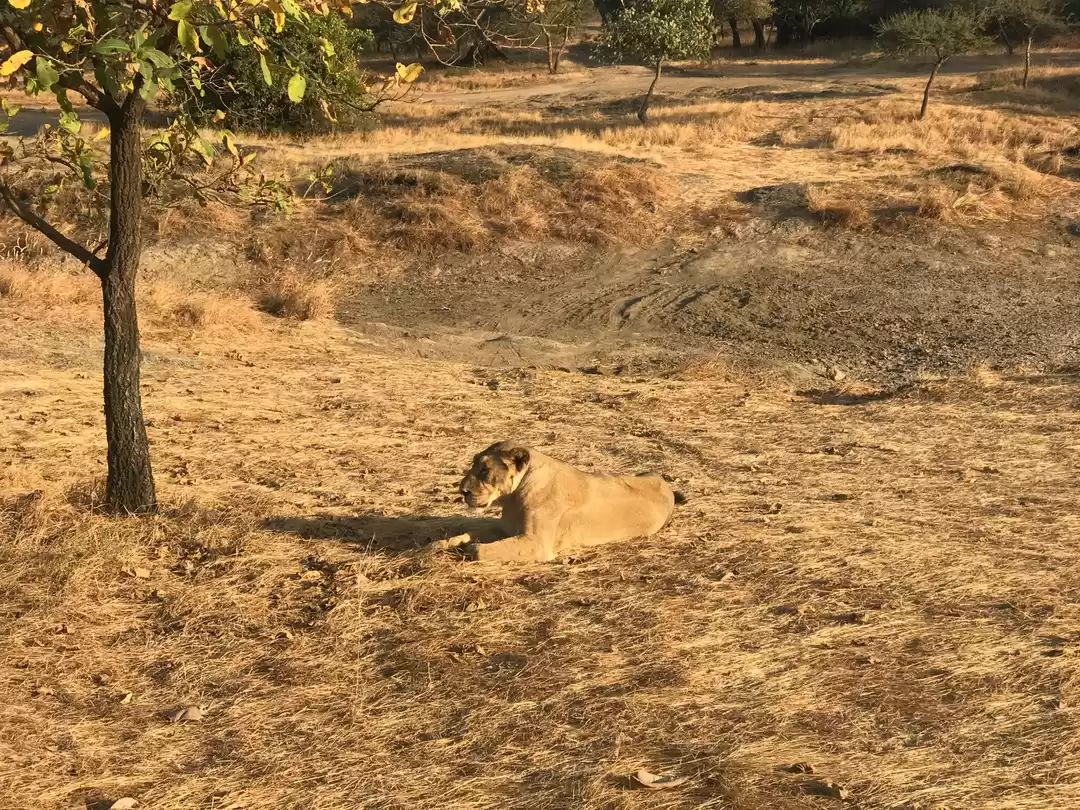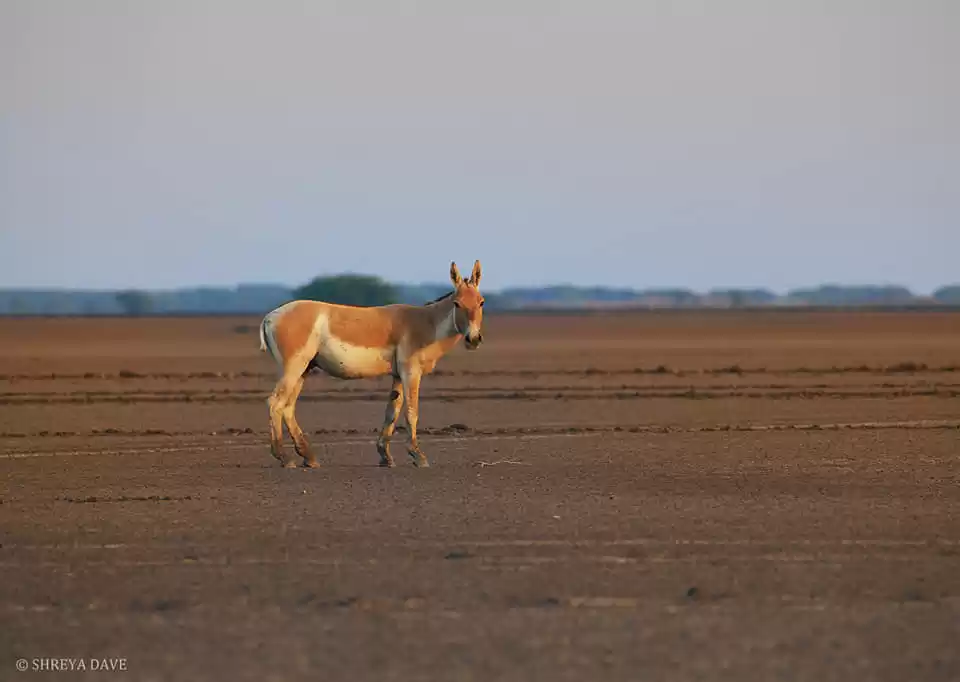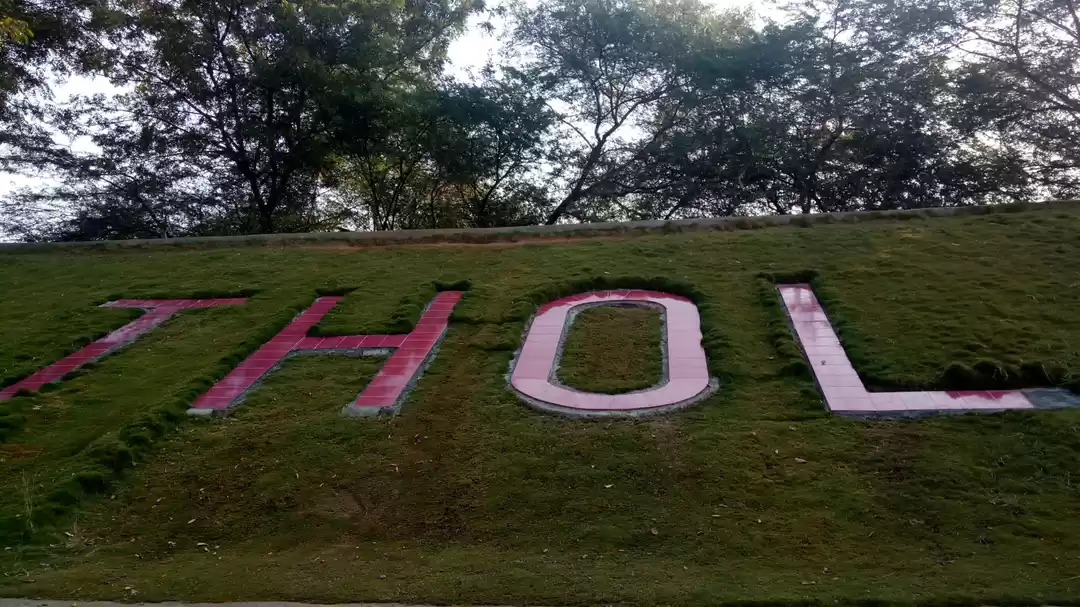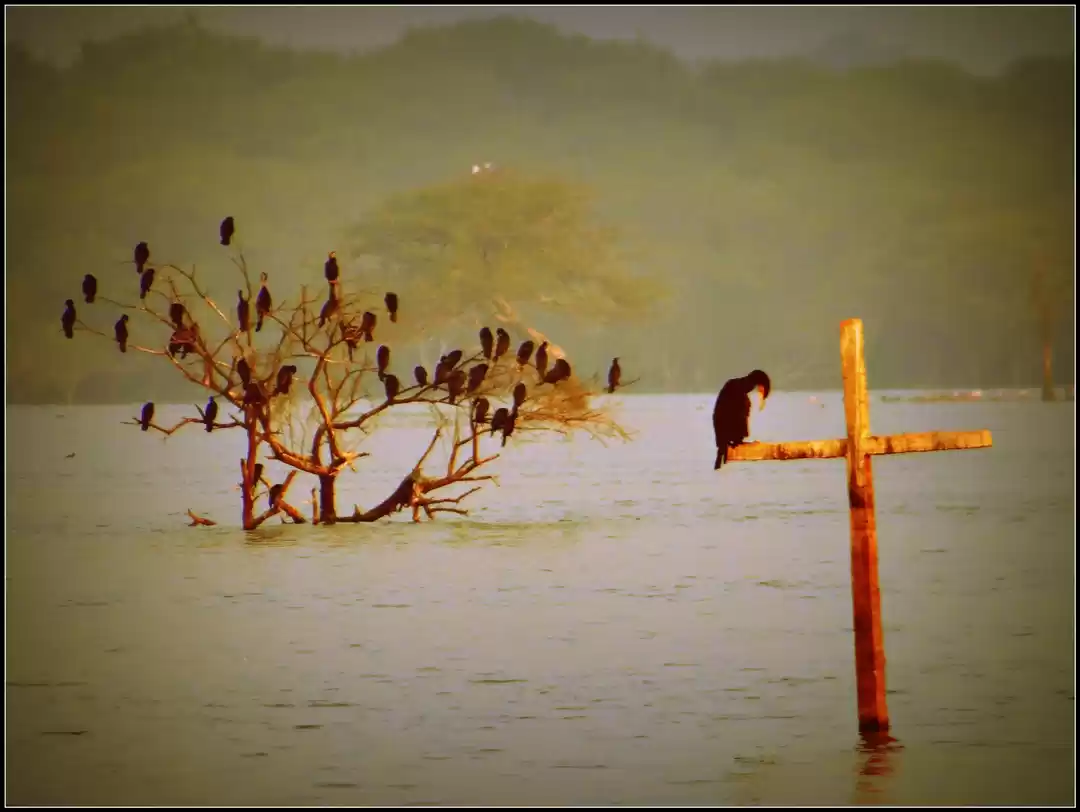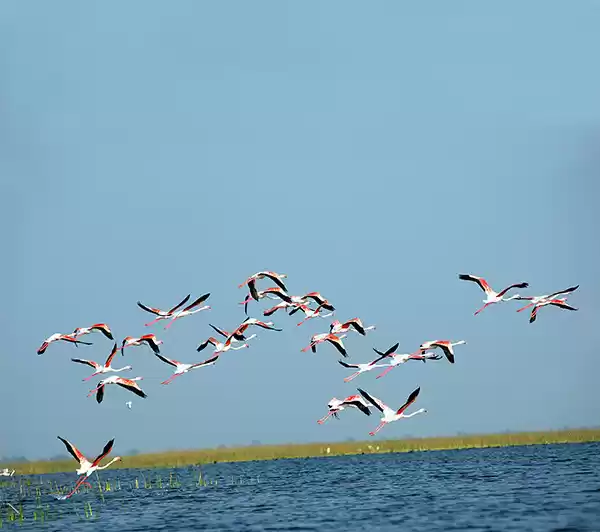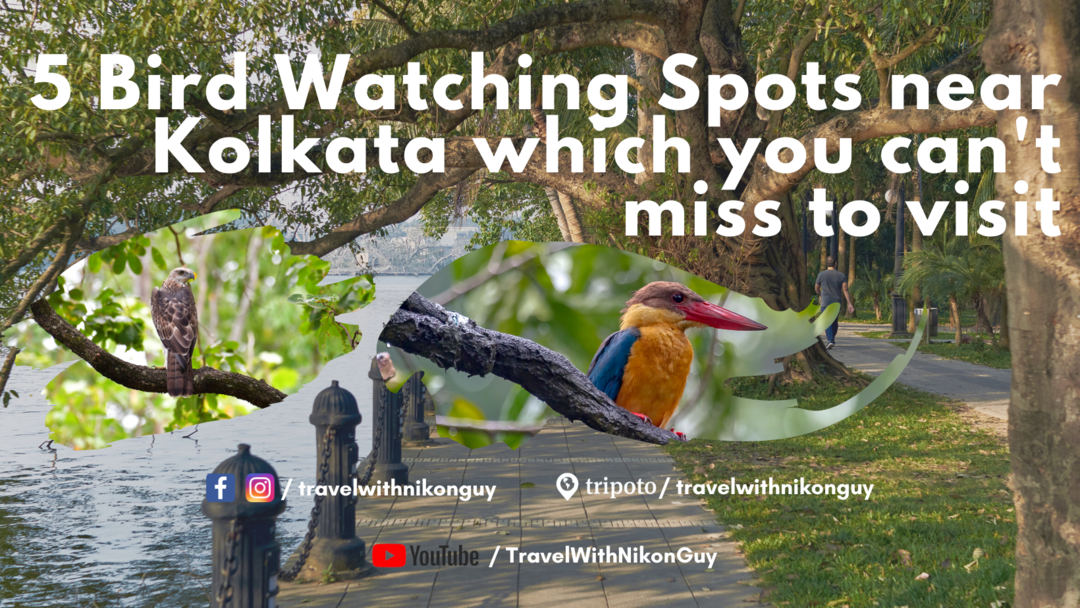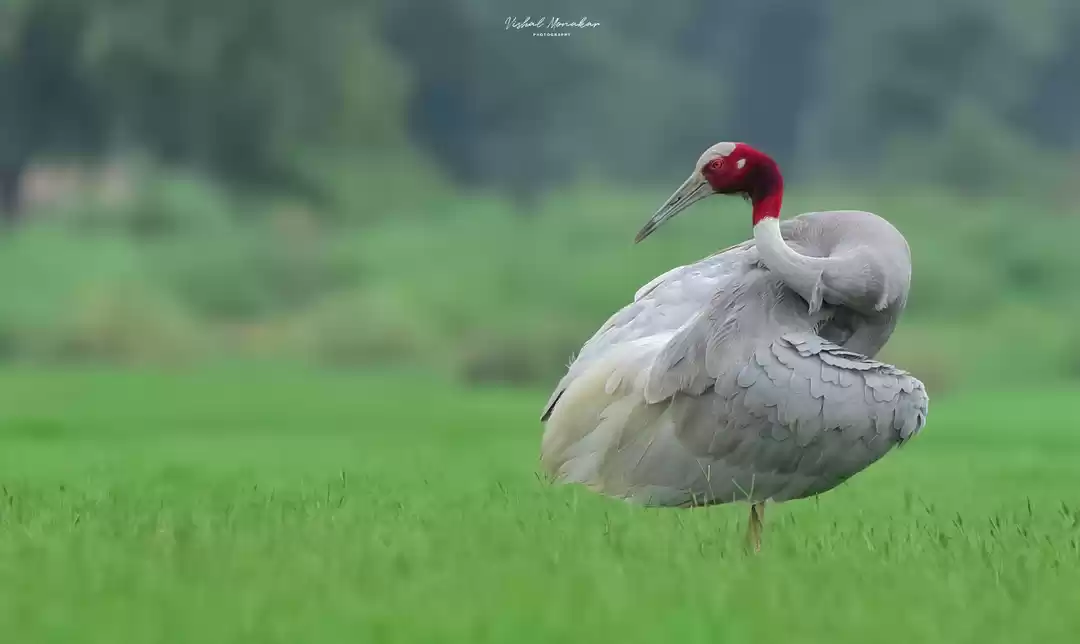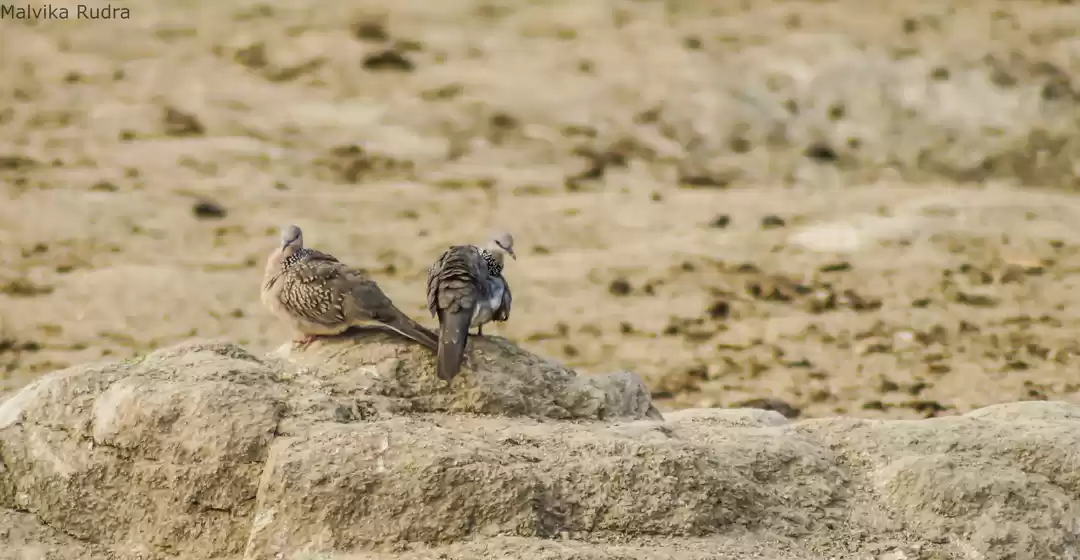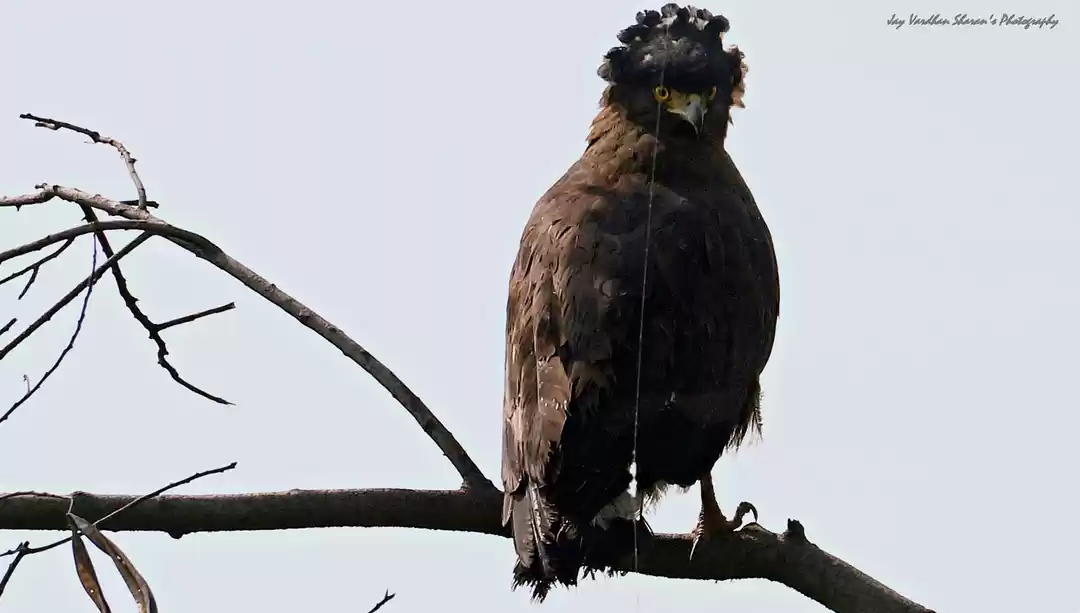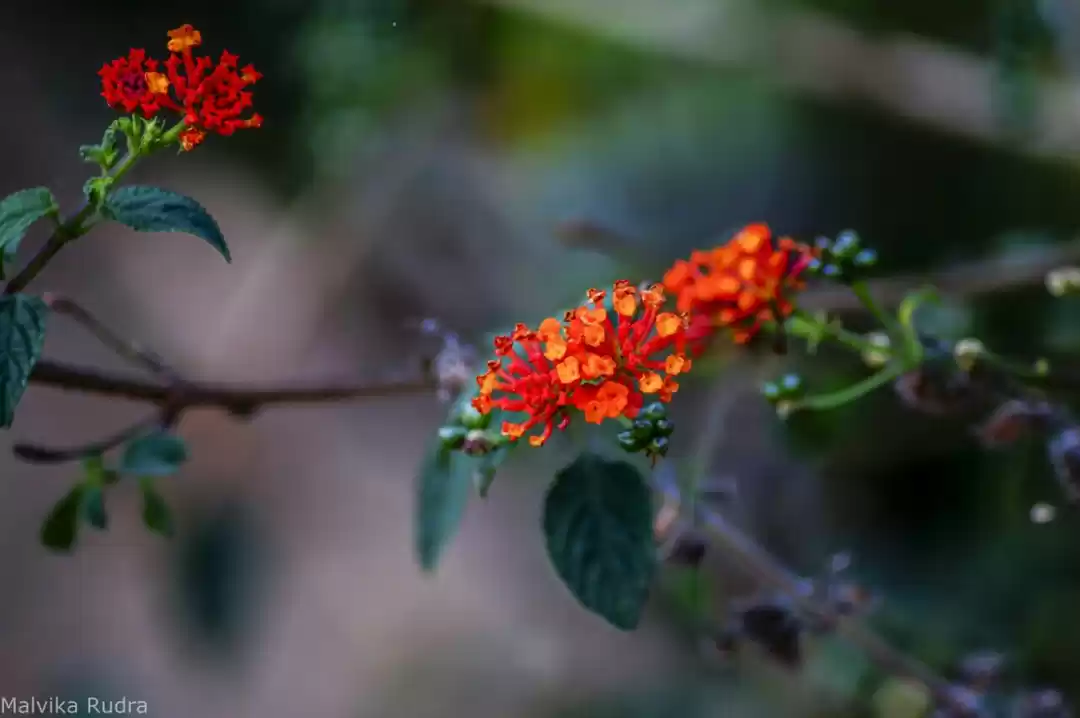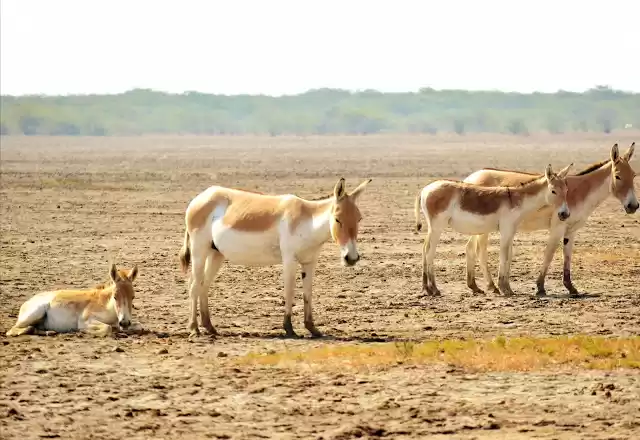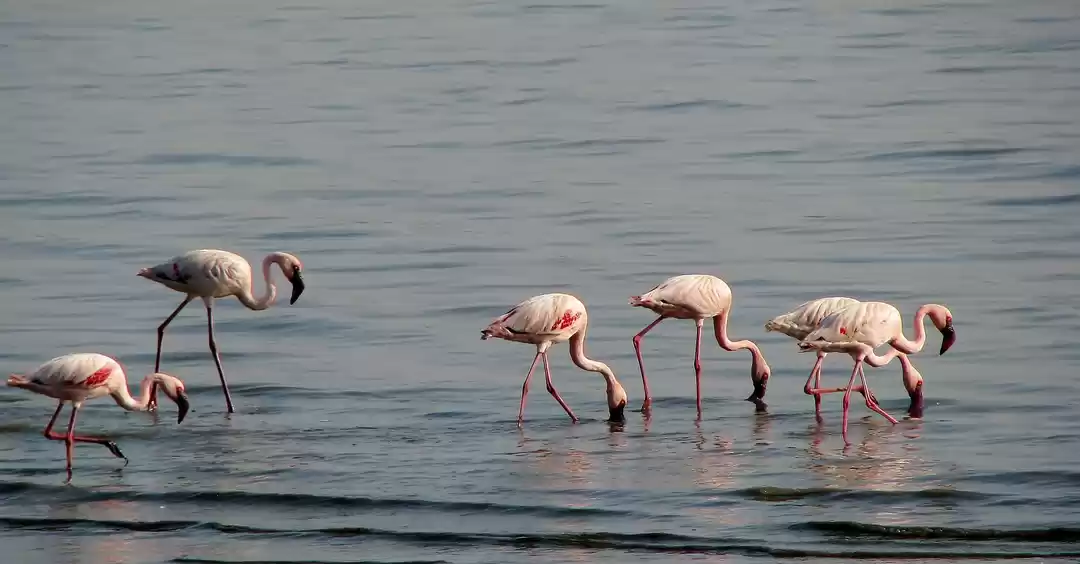Being avid birders, winter is the season we look forward to. When Wild India announced the birding trip to Little Rann of Kutch and Thol, we registered instantly as we couldn’t have asked for better company to do birding with. The Little Rann of Kutch (LRK) is famous for the Indian Wild Ass (Khur) and hence a majority of LRK areas are declared as the Wild Ass Sanctuary. There's more information on the LRK and Indian Wild Ass at the end of the report.
Coming back to our trip, me and Shraddha arrived in Ahmedabad early at around 6:30 AM. Our friends were already waiting for us and after some chit-chat and breakfast, we finally started our journey to LRK. Wild India had arranged a stay at Royal Safari Camp which is a fantastic property. We relaxed for a while, had a sumptuous lunch (again, the food was really good) and were ready for our 1st Safari by 2:30 PM. The Safari Camp had organized 2 Jeeps for the Safari and Bajana was the first area in LRK to be explored. After registering at the gate of the Wild Ass Sanctuary; we entered the Sanctuary and were greeted with a couple of White-eared Bulbuls, Common Babblers, Isaballine Shrikes and Desert Wheatears.
Moving ahead we saw quite a number of Common Cranes; which soon became a very common sight. We could see them everywhere. Soon we were able to see the huge open lands with water cover in patches; very typical of Kutch deserts. And these water patches had a lot of pink spots in them which were nothing else but the beautiful Lesser Flamingoes. We also came across the endemic and endangered Indian Wild Asses. Our driver cum guide (Bura Bhai) soon took the vehicle around some bushes where we were on the lookout for the Short-Eared Owl. It wasn’t long when Bura Bhai helped us see not one but 3 Short-Eared Owls which surely seemed to be a family. After clicking some snaps, we explored the area more to see a variety of birds that included the Eastern Imperial Eagle, Pallas Gulls, Steppe Eagle, Common Kestrel, Montagu’s Harrier, Black Drongo and so on.
We enjoyed a pleasant sunset and were back to the resort by 7 PM. We spent a lovely evening catching up with old buddies (Bhavesh, Sunil, Rupali, Suru) and meeting new like-minded folks (Subhash Sir, Mallikarjun Sir, Arvind, Rahul, Mihir and Basant) with a born-fire set up. A quick check on the number of bird species sighted during the day was 46; with 10 lifers for me.
Day 2: The areas to be explored were more of wetlands which included Nava Talav. After a quick tea, we started at around 6:30 AM. Bura Bhai halted at a small lake which was beside the road where we managed to see quite a number of wetland birds that included Little Ringed Plovers, Wood Sandpipers, Ruff, Spotted Redshank, Egrets, a variety of Ducks, Indian Peafowls and so on. After spending sometime, we entered the Nava Talav area where there were multiple water ponds. We halted at another couple of ponds where we saw Painted Storks, Little stints, couple of Gulls, Pied Avocets,Common Snipe, Northern Pintail, Common Kingfisher, Crested Lark, Pied Kingfishers and yes the relatively rare Mallard Duck.
Finally as we reached the Nava Talav area, which is again a huge wetland, we saw a Greater Spotted Eagle perched just next to the water body. There was also a Steppe Eagle nearby. Wild India team had ensured to carry packed breakfast from the resort which we enjoyed along with the sightings of a variety of ducks, flamingoes and pelicans. Exploring the area a bit more Bura Bhai finally helped us in spotting the White-Tailed Lapwing. Other birds spotted were the Common Greenshank, Black-Tailed Godwit, Great White Pelicans, Marsh Sandpipers, Bar-headed Geese, Marsh Harrier, Grey-Lag Geese, Yellow-wattled Lapwings, Red-Wattled Lapwings, Common Cranes, Demosile cranes among others. It was noon already and we were back to the resort for lunch after yet another fantastic birding session.
As with Day 1, the Day 2 post lunch safari started by 2:30 PM. This time, the area to be explored was Kharaghoda. Kharaghoda is a little far from our resort (which is closer to Bajana), hence we took around 45 minutes to reach. We were soon on the lookout for the elusive Macqueen’s Bustard. As we were exploring, we came across Chestnut-Bellied Sandgrouse, Common Kestrel and Long-Billed Pipit. Bura Bhai soon spotted a Desert fox relaxing under the shade of a tree in the open. Undoubtedly one of the key highlights of the trip. We spotted another individual again in the same area. Exploring further, we saw a Macqueen’s Bustard in flight. Unfortunately none of us could click it and had to be satisfied with a flight sighting for few seconds. We did explore more but no luck with the Macqueen’s Bustard. While driving back, we spotted quite a number of Syke’s Nightjars as well. Yet another lifer. Soon we moved closer to a huge wetland at around 4:30 PM, which was pretty much covered with the beautiful Lesser Flamingoes. Special mention here for Subhash Sir as he clicked some lovely Silhouette clicks for all of us. As we were busy clicking the Flamingoes, suddenly all of them flew for a moment and it was because of advent of the majestic Eastern Imperial Eagle. We also managed to click some harriers at this place and did some group photography with the backdrop of the lovely sunset.
The day 3 morning session was again planned at Bajana. We had seen quite a number of species till now; 101 to be specific but one key species of LRK was missing – The Falcons! As we entered the Bajana area, Bura Bhai did not take much time before sighting one of the falcons; rather the fastest bird – Peregrine Falcon. We approached cautiously till we got decent shots and enjoyed a good sighting of the bird. Yet again, we spotted the Short-Eared Owl and also the Red-Necked Falcon. Unfortunately we only managed to see it in flight and could not manage a click. We also saw quite a number of Greater Short-Toed Larks, Common Cranes, Wild Boars and Steppe Eagle. After exploring for a while we halted for breakfast. After a good breakfast and some more group photo session we finally started our return journey to the resort. That was the last session at LRK, but wait, it was not over just yet. We saw a raptor take flight towards our left which turned out to be Shikra. However going little further, Bura Bhai helped us spot the Merlin!. This was the best sighting among all the birds we saw. We could only manage record shots but we did enjoy some good views of this little falcon.
We were back to the resort by 11 AM, and with a bird count of 106 at LRK it was a fantastic birding experience. A special thanks to Bura Bhai without whom we may not have been able to sight a lot of the species which were key highlights of the trip and lifers for most of us!
We started our journey to Thol Bird Sanctuary which was around 2 hours from the resort. As we were cruising along at around 60 Kmph, Suru spotted a family of Sarus Cranes. The vehicle was halted and we got our shots. Super sighting by Suru! We missed a cut on way to Thol and hence reached a little late by 2 PM for lunch and we halted just outside the Thol Bird Sanctuary. Just as we finished our lunch and came out of the hotel, we saw a few raptors in the sky- a Steppe Eagle, a juvenile Shikra and a booted Eagle. We also saw Bank Mynas, Jungle Babblers and an Indian Roller.
Finally we entered Thol Bird Sanctuary at 3:30 PM; our last birding session of the trip. Personally I did not expect much as this was more of a wetland and thought we might have covered most of the species at Nava Talav; and I was glad to be proved wrong. We had a fantastic birding session at Thol with sightings of Great White Pelicans, Eastern Imperial Eagle, Darter, Cormorants, Knob-billed Duck, Eurasian Wigeons, Dalmatian Pelican, Great White Pelicans,Egyptian Vulture, Greater Spotted Eagle, River terns, Whiskered Terns, Painted Stork, Citrine Wagtail and so on. Thol Bird Sanctuary is a wetland however has quite some forest attached to it. Hence we did spot a lot of warblers, Yellow-footed Green Pigeons, Red Collared Doves, Eurasian Collared Doves, Lesser Whitethroat, Jungle Babblers, Red-vented Bulbul, White-bellied Drongo, Plum-headed Parakeets and the beautiful Bluethroat.
Finally the trip ended with a total species count of around 133 birds. We couldn’t have asked for more and apart from birding what we enjoyed the most was the company of lovely like-minded folks. From Mihir and Basant of Orissa, the Bhagwat duo from Baroda (Rahul Bhagwat and Subhash Bhagwat Sir), Mallikarjun Sir from Ahmedabad, Arvind Singh from Mumbai, the “birds in flight” shot specialist Suru. the bird Antakshari specialist Rupali (jokes apart, she was the only one without a camera who was out and out into birding with a pair of binoculars, observing birds and their behaviour); and finally my gurus Bhavesh and Sunil.
Coming back to LRK and the Indian Wild Ass, the species is currently endangered with a mere population of around 5000 across the world. Key contributors to the decline in the population have been poaching and habitat loss primarily due to illegal salt mining. However, a recent census of Indian Wild Ass population has predicted that the figures may touch 5000 (a 25% increase from 2009). Majority of areas in LRK were declared as a sanctuary area by the Gujarat Government in 1973 and few areas from the Greater Rann of Kutch were also added to it in 1978. Apart from the wild asses, this region has various other mammals like Hyena, Desert Fox, Wild Boars, Nilgai and birds like the endangered Macqueen’s Bustards, variety of Falcons, Wheatears, Cranes, Flamingoes and Pelicans.
How to reach1. Best way to reach LRK is from Ahmedabad. The roads are smooth and pretty straight forward. Same is the case with Thol Bird Sanctuary as well. Note that if referring Google Maps, DO NOT search for “Thol Bird Sanctuary”, instead search as “Thol Bird Sanctuary Rd” and follow the road till the end.
Tips:1. Birding in LRK is not as easy as it looks. As the sun comes out, the environment becomes dusty and one needs to take care of the equipment.2. Most of the times, one will be birding from the Jeep / Vehicle itself in-order to avoid disturbing the bird. Hence a Monopod always helps as it takes less space. If you can manage hand held shots; nothing like it.3. For photography, keep a check on the exposure setting. It gets very bright in noon hence you may want to reduce the exposure a bit to get good details.4. Please do not litter and keep the place clean.
Here are some of the key bird species sighted during our trip to LRK and Thol Bird Sanctuary (9th, 10th, 11th Jan 2015).
At LRK:– Merlin (Record click)– Peregrine Falcon– Red-necked Falcon (Only sighting)– Short-eared Owl– Steppe Eagle– Eastern Imperial Eagle– Macqueen’s Bustard (Only sighting)– Spotted Redshank– Common Greenshank– White-tailed Lapwing– Lesser Flamingoes– Common Crane– Demosile Crane– Sarus Crane– Desert Wheatear– Mallard Duck
At Thol Bird Sanctuary:– Darter– Great White Pelican– Dalmatian Pelican (Record click)– Egyptian Vulture (Record click)– Bluethroat– Knob-billed Duck
Note that we were total of 12 people and hence not everyone could see all the species we spotted and vice versa. We missed the following species which few others in our group sighted:
– Booted Warbler [Thol]– Brahminy Starling [Thol]– Red-breasted Flycatcher [Thol]– Common Iora [Thol]
This post was originally published on Whistling trails.
Frequent Searches Leading To This Page:-
Places to Visit in Gujarat, Gujarat Tour Package for Couple from Delhi, Things to do in Gujarat, Gujarat Holiday Tour Packages, Top Gujarat Family Tour Packages

